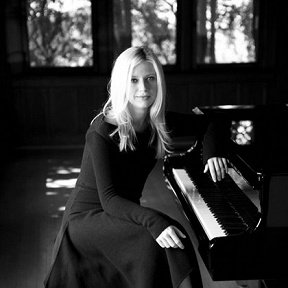

Lisitsa decided to try YouTube after realizing that she could not compete in a classical music business with so many talented pianists who studied in conservatory. Fame ultimately translated into album deals - “Valentina Lisitsa Plays Liszt” is her newest - and a global touring schedule that was scheduled to bring her to the Library of Congress last Thursday, a visit that was canceled because of the government shutdown. Her first-past-the-post strategy of flooding YouTube with videos of the repertoire paid off, yielding more than 60 million views and 100,000 YouTube subscribers. Following its success, Lisitsa posted videos of herself playing Liszt and Tchaikovsky. 6, or “Little Red Riding Hood,” went viral, despite the piece’s relative obscurity. The three-minute video of Rachmaninoff’s Etude Op. I was at home with my son, wondering what to do with my life, so I put a clip on YouTube.” “By 2007, I was just another blond Russian ex-pianist. “I jokingly say that I’ve lived a few lives,” Lisitsa says, referring to her conservatory training and career on the piano competition circuit, which fizzled shortly after it began. But Ukrainian pianist Valentina Lisitsa, 43, dared to tamper with that formula, using YouTube as her empty stage.


Such an approach to success seems antithetical to classical music’s long-held system of deference to experts. Adopters of this Internet maxim won their place atop the search and social heap. ‘Done is better than perfect” was the motto of the mid-aughts.


 0 kommentar(er)
0 kommentar(er)
